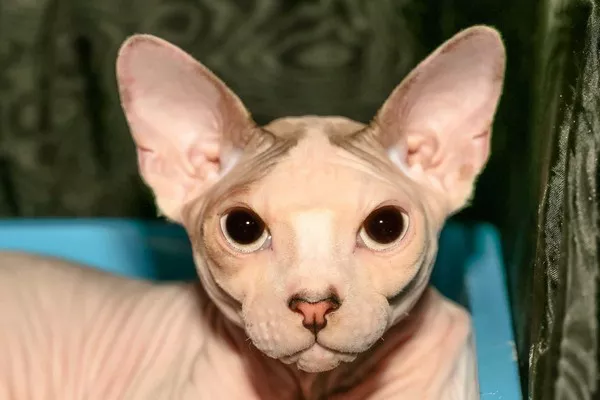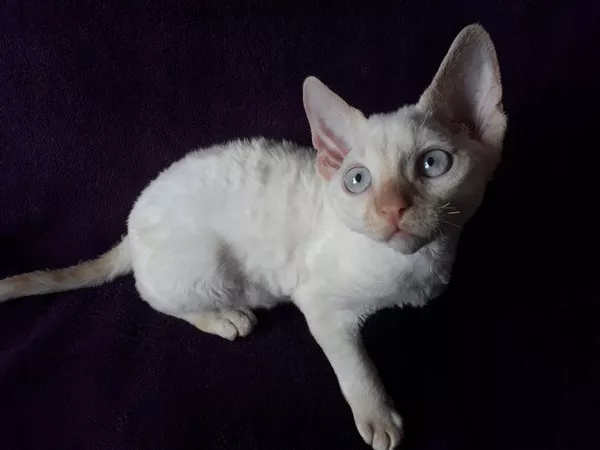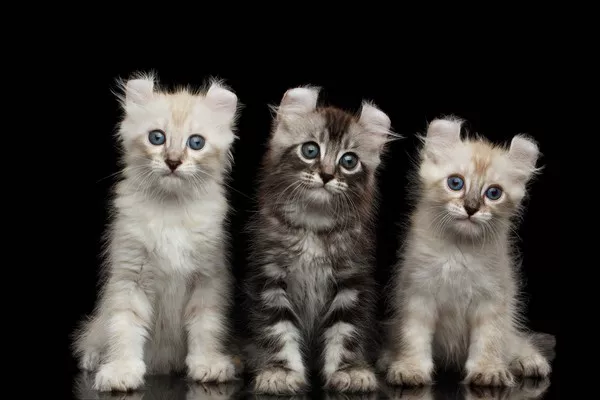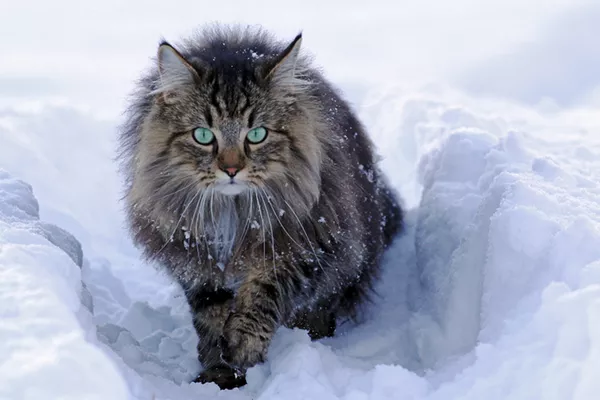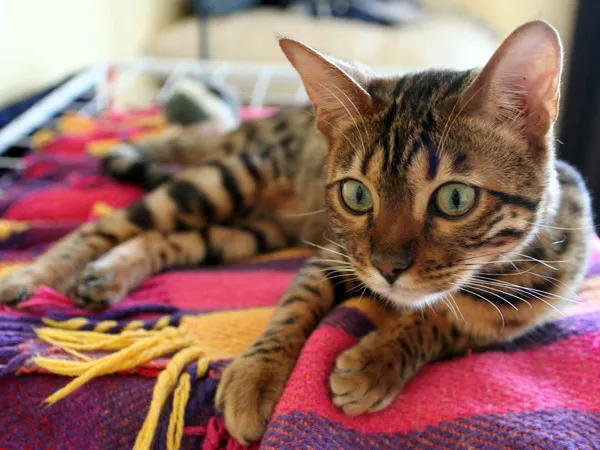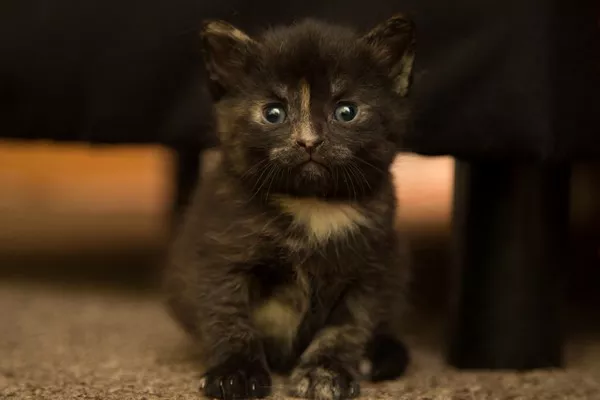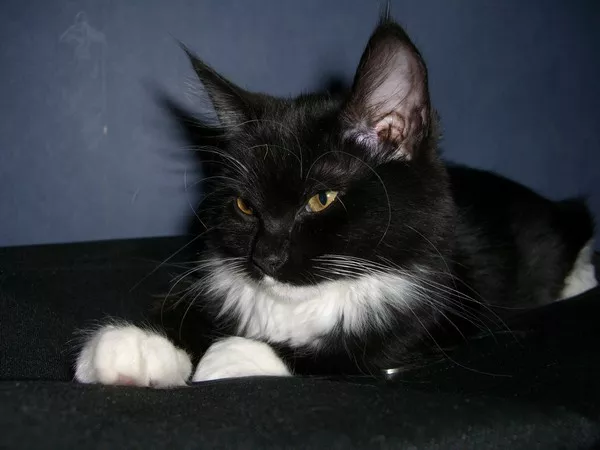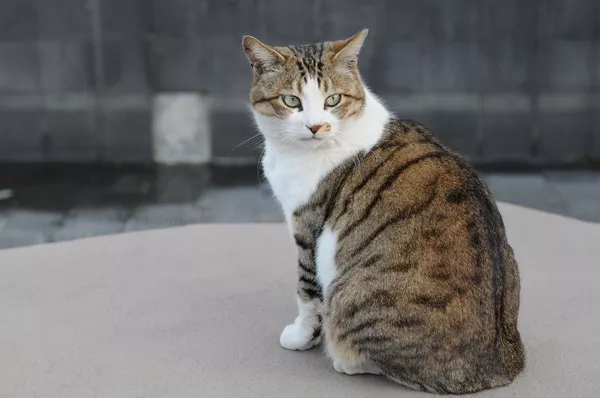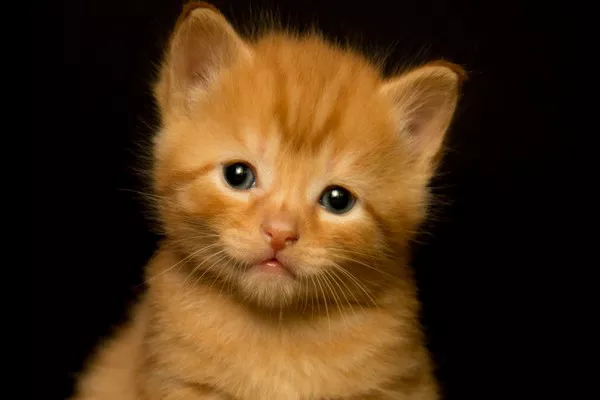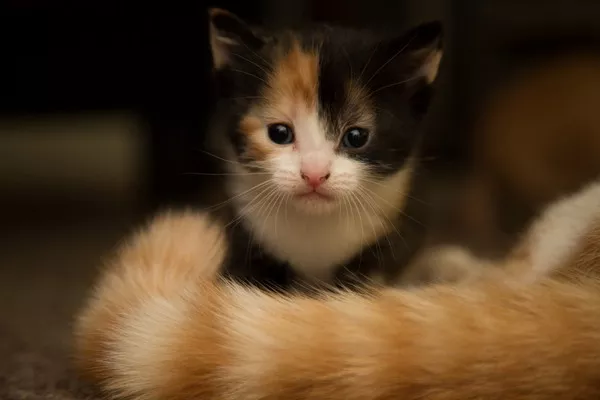Hairless cats, also known as sphynx cats, have gained significant popularity and intrigue over the years. These unique feline creatures possess an extraordinary genetic mutation that sets them apart from their furry counterparts. In this comprehensive guide, we delve into the world of hairless cats, exploring their origins, physical characteristics, temperament, care requirements, and common misconceptions. By the end, you will develop a deeper understanding of these intriguing and captivating creatures.
1. Origins and History
The origins of hairless cats can be traced back to a natural genetic mutation. The first recorded instance of a hairless cat occurred in 1966 when a domestic shorthair in Toronto gave birth to a hairless kitten named Prune. This marked the beginning of selective breeding programs aimed at developing and preserving this unique trait.
2. Physical Characteristics
Hairless cats are instantly recognizable due to their lack of fur. Their skin appears wrinkled and is often covered with a fine downy layer of fuzz or very short hair. Despite their apparent lack of fur, some individuals may have small patches of hair on certain parts of their bodies, such as the ears, tail, or paws.
Their body structure is muscular and athletic, with prominent cheekbones, large ears, and almond-shaped eyes. Due to the absence of fur, their skin acts as a natural radiator, making them feel warmer to the touch than furry cats.
3. Temperament and Personality
Contrary to popular belief, hairless cats are not completely devoid of hair due to illness or malnourishment. They possess a distinct personality that sets them apart from other breeds. Hairless cats are known for being affectionate, social, and curious. They thrive on human companionship and enjoy being the center of attention.
Their high energy levels make them playful and entertaining companions. Hairless cats are often described as “dog-like” due to their loyalty and ability to form strong bonds with their owners. They enjoy interactive play, including fetching toys, and can be trained to perform tricks.
4. Care Requirements
Due to their lack of fur, hairless cats have some unique care requirements that differ from those of other cat breeds:
Skin Care: Hairless cats require regular bathing to keep their skin clean and free from oils. A gentle, hypoallergenic shampoo is recommended, followed by thorough drying to prevent skin infections. Occasional moisturizing is also advised to maintain the skin’s suppleness.
Temperature Regulation: Hairless cats are more sensitive to temperature extremes and require a warm environment. Ensure they have access to cozy bedding, heated areas, and avoid exposing them to cold drafts.
Sun Protection: Hairless cats are prone to sunburn due to the absence of fur. Apply pet-safe sunscreen or provide them with protective clothing when they are exposed to sunlight.
Nail and Ear Care: Regular nail trimming and ear cleaning are essential to prevent complications such as ingrown nails and earwax buildup.
5. Common Misconceptions
There are several misconceptions surrounding hairless cats that need to be addressed:
Hypoallergenic Myth: While it is true that some people with allergies may find hairless cats more tolerable, they are not completely hypoallergenic. Allergies are caused by specific proteins present in cat saliva and skin secretions, which can still trigger reactions in sensitive individuals.
Higher Maintenance: Though hairless cats require specialized care, they do not necessarily require more maintenance than other cat breeds. Extra attention should be given to their grooming routine and environmental needs, but they can lead happy and healthy lives with proper care.
Conclusion
Hairless cats, with their unique physical appearance and endearing personalities, have captivated cat enthusiasts worldwide. Understanding their origins, physical characteristics, temperament, care requirements, and debunking common misconceptions is key to providing them with the love and care they deserve. By embracing their uniqueness and meeting their specific needs, hairless cats can make exceptional companions for individuals and families alike.

